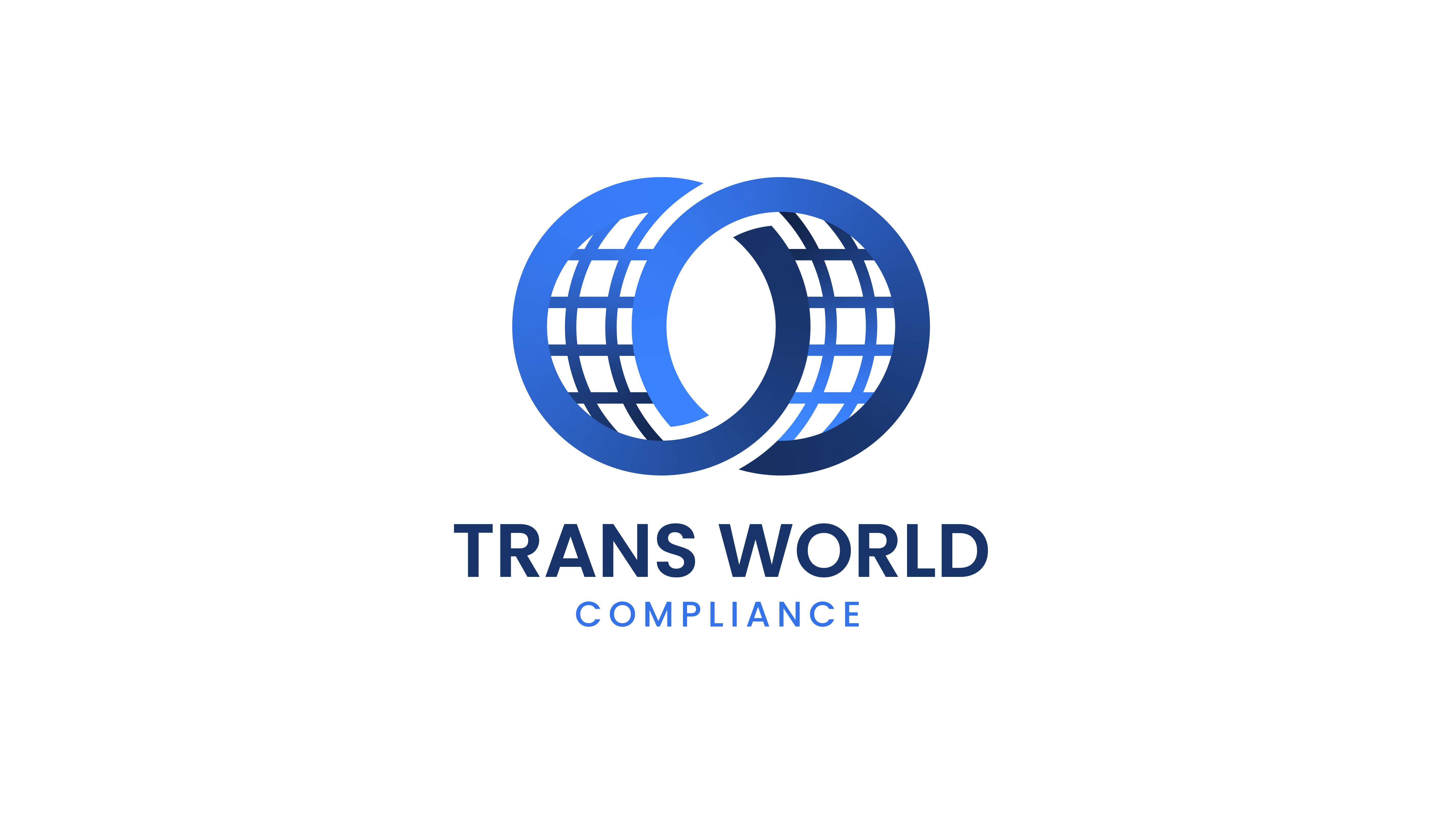Streamlining BEPS Reporting for Tax Authorities
In the world of finance, compliance with the Base Erosion and Profit Shifting (BEPS) regulations is non-negotiable. Tax authorities must navigate a maze of guidelines to ensure they meet the standards set by the Organisation for Economic Co-operation and Development (OECD). Luckily, advanced software solutions can simplify this daunting task, making BEPS reporting more efficient and accurate.

Understanding BEPS Reporting
BEPS refers to tax planning strategies that exploit gaps and mismatches in tax rules to artificially shift profits to low or no-tax locations. The OECD developed the BEPS Action Plan to combat these practices, requiring detailed reporting from tax authorities. However, manual reporting can be time-consuming and prone to errors.
Benefits of Using Software for BEPS Reporting
Accuracy and Precision: Software solutions minimize the risk of human error, ensuring accurate data reporting.
Time Efficiency: Automated processes speed up the reporting timeline, allowing authorities to focus on core activities.
Compliance: Advanced software keeps up with the latest OECD guidelines, ensuring authorities remain compliant without constant manual updates.
Data Integration: Seamlessly integrate data from various sources, providing a comprehensive view of financial activities.
Key Features of Effective BEPS Reporting Software
Real-Time Data Analysis: Immediate access to data allows for timely and informed decision-making.
User-Friendly Interface: Simplifies the process for users, reducing the learning curve.
Scalability: Adapts to the growing needs of tax authorities, handling increasing data volumes effortlessly.
Security: Robust security measures protect sensitive financial data from breaches.
By leveraging these features, tax authorities can streamline their BEPS reporting processes, ensuring compliance and operational efficiency.
Trans World Compliance: Leading the Way in BEPS Reporting
Trans World Compliance (TWC) offers a state-of-the-art solution designed to simplify BEPS reporting for tax authorities. TWC's Tax Authority Compliance Suite (TACS) provides a comprehensive modular platform to automatically exchange FATCA and the OECD's CRS, CbC, NTJ, MDR, and ETR data types. Additionally, TACS was created to support all 24 OECD Base Erosion and Profit Shifting (BEPS) data exchange types through the OECD's Common Transmission System (CTS 2.0).
Why Choose TWC's Solutions?
Comprehensive Compliance: TWC will help you distill the complexity of exchanging FATCA, EOIR, SEOI, and AEOI data with other jurisdictions using fully automated technology aligned with international standards and TWC's top-notch support.
Modular Flexibility: With a modular approach, you can optimize resources and stay within budget; purchase the module you need when you need it and add more simply when new agreements are in place.
Cost Efficiency: TWC’s technology streamlines and automates various collection mechanisms and exchange processes, improving reporting accuracy and reducing overall compliance costs.
Industrial Grade Software: Fully automated, "out of the box" software that's user-focused and can be implemented within hours.
Integration and Support: Fully integrated with the IDES Gateway for FATCA and the OECD's CTS, offering multiple data entry options and top-notch multilingual support.
Key Features of TWC’s Tax Authority Compliance Suite
- Fully automated, "set and forget" software
- Aligned with EOIR, SEOI, and AEOI regulations and country-specific requirements
- Flexible implementation, independent of technology
- Multiple data entry options (Excel, XML, manual entry, web services)
- Comprehensive reporting capabilities
- Modular “on-demand” solution sharing TWC's common core
By choosing TWC, tax authorities can enhance their BEPS reporting processes, ensuring compliance, efficiency, and cost savings.



